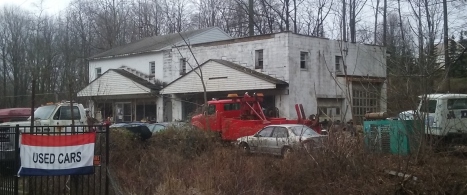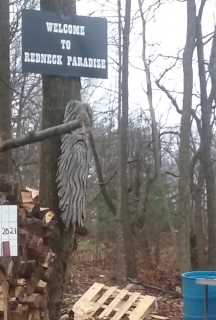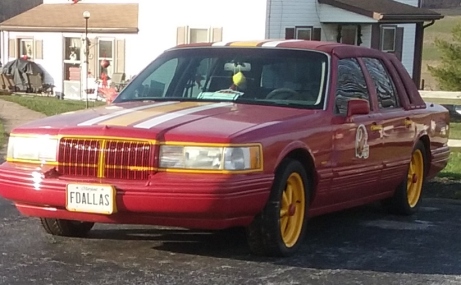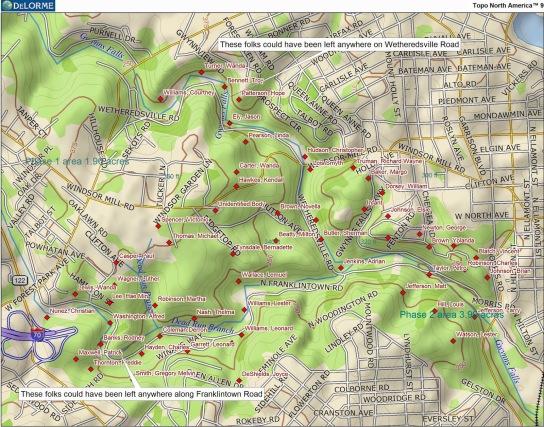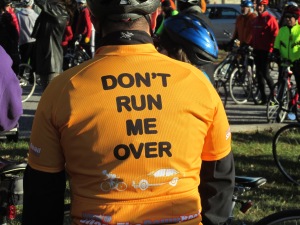The Good Samaritans
Previously I wrote, What’s Wrong with People and why are Cyclists the Targets of Their Stupidity, a jaded look at a trend in society toward disrespect, rudeness, coarseness and in-your-face, bullying behavior, often manifested in belligerence toward cyclists. Today I experienced the opposite type of behavior, a boost for my faith in humanity (although, maybe not coincidentally, the graciousness came from a fellow cyclist).
I was riding a 6.75-mile trail in my new hometown of Summerville, SC when my back tire went flat more than five miles from the trail’s start and my parked car. I was unprepared  – no patch kit, no extra inner tube. What can I say? I was never a Boy Scout. It was a Flat Tire, Choose moment: Either throw a fit, swear to the gods, kick the back tire and throw the bike into the adjacent creek, or suck it up, accept bad luck and solve the problem.
– no patch kit, no extra inner tube. What can I say? I was never a Boy Scout. It was a Flat Tire, Choose moment: Either throw a fit, swear to the gods, kick the back tire and throw the bike into the adjacent creek, or suck it up, accept bad luck and solve the problem.
I began backtracking the five-plus miles I had already cycled on foot, pushing the bike, not wanting to damage the rim by riding on a flat. I was resigned to a walk of at least one hour and 15 minutes to get back to my car. Soon after I began my walk, a woman on a bike passed me going the opposite direction. About 15 minutes later, a mile or so into my trek, I heard a voice from behind me.
“Excuse me, do you need some help?”
I turned around to find the same woman who had passed me earlier, now alongside me, straddling her bike.
“I got a flat and I don’t have what I need to fix it.”
“Where are you heading?”
“To the beginning of the trail.”
“How far is that?”
“About four or five miles.”
“My husband is walking our dog. He’s going to meet me at the parking lot at the bridge. I just have to find him and we could give you a ride in our truck,” she offered.
“You mean the bridge we passed about a half-mile back?”
“Yeah, there’s a path up to the parking lot. You may beat us back there.”
Having watched too many Dateline and 48 Hours episodes, and living with a wife who often warns me of hypothetical criminals who could be lurking around every corner, I momentarily imagined myself naively getting in the couple’s pickup truck, and in short order, being taken hostage, tortured at gunpoint and my lifeless body dumped in a swamp off the road, a vision that conjures up the derelict, sociopathic Brad Pitt character Early in Kalifornia.
I could have been fooled badly, but I detected genuine goodness in my fellow cyclist, and went on faith that her husband would be similarly congenial.
“I’ll meet you at the parking lot,” I said, and turned around to head from whence I just came.
The young couple, likely in their 20s, met me at the parking lot just like she said, helped me load my bike into the pickup along with her bike, gave me the front seat, and drove me five miles out of their way to my car. We engaged in conversation during the drive, with her husband referring to me respectfully as “sir” (not that I expect to be called “sir” by people junior to me in age, but I have experienced that a lot in the South so far).
I thanked them multiple times for their graciousness. I wanted to bottle the moment to revisit every time I feel myself becoming cynical about mankind. They were the type of people I would like to corral as new friends, if not for our generation gap.
We parted. I may never see them again, unless I run into them on the trail. No life was at stake; the situation was not desperate. Nevertheless, I likely will never forget their act of pure kindness for a complete stranger. Thank you Angela and Chris, Good Samaritans both.
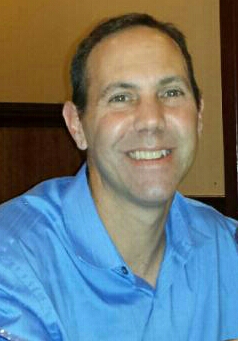
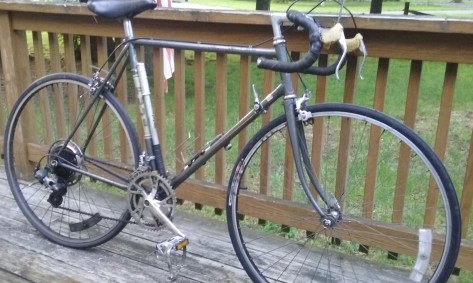 and the bike would become inoperable. Going up hills became an adventure, like in the movie Speed, where if the bus slowed to less than 50 mph a bomb on board would detonate. If I had to push too hard on the pedals, the chain would click…click…click…and fall off, leaving me on the side of the road trying to reattach the chain, hands blackened with grease.
and the bike would become inoperable. Going up hills became an adventure, like in the movie Speed, where if the bus slowed to less than 50 mph a bomb on board would detonate. If I had to push too hard on the pedals, the chain would click…click…click…and fall off, leaving me on the side of the road trying to reattach the chain, hands blackened with grease.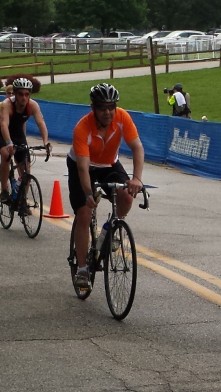
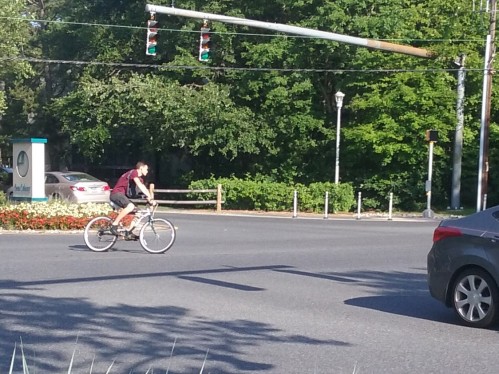 estimate 1 of 10 or fewer wear the most basic protective equipment. It seems the only cyclists who wear helmets are the ones who are serious about cycling and engage in the sport as a regular form of exercise. Nearly everyone else on bikes, who ride as an efficient and convenient form of transportation where car-parking is at a premium, goes helmetless.
estimate 1 of 10 or fewer wear the most basic protective equipment. It seems the only cyclists who wear helmets are the ones who are serious about cycling and engage in the sport as a regular form of exercise. Nearly everyone else on bikes, who ride as an efficient and convenient form of transportation where car-parking is at a premium, goes helmetless.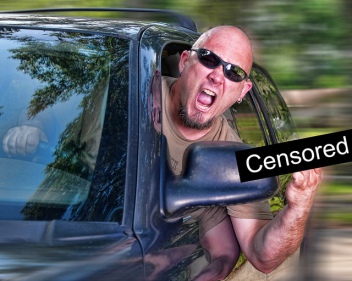 yelled a few indecipherable words followed by a clear, “Faggot!” What inspires such unprovoked anger and hatred, I have no idea.
yelled a few indecipherable words followed by a clear, “Faggot!” What inspires such unprovoked anger and hatred, I have no idea.